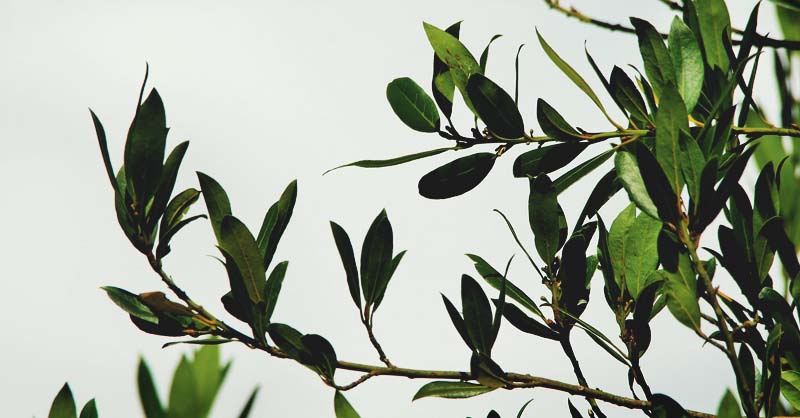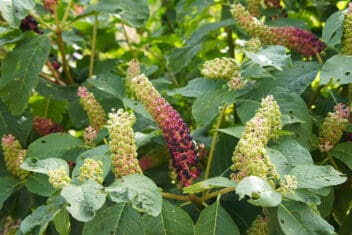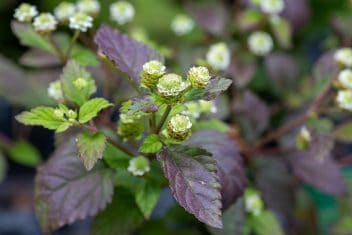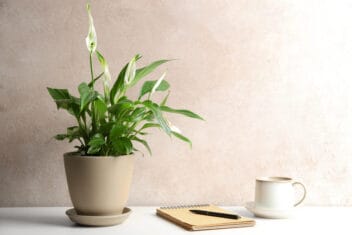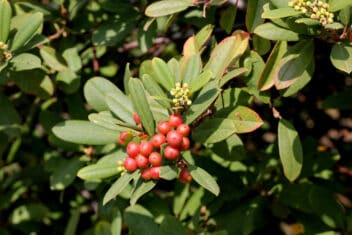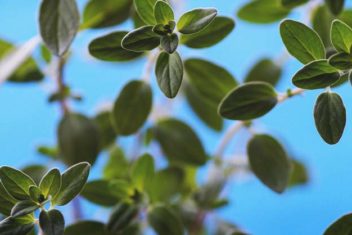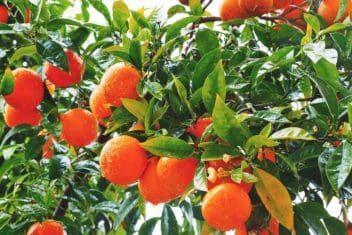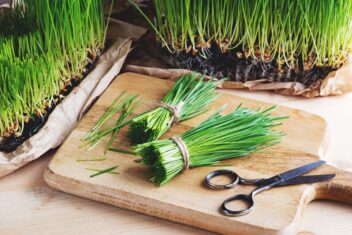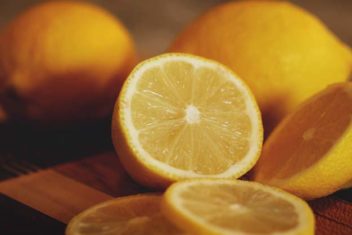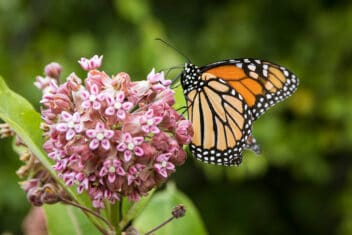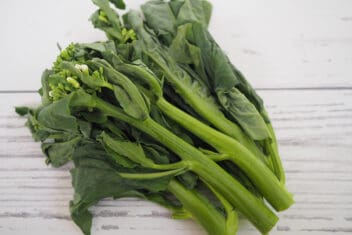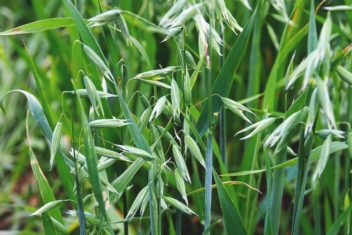Of all the herbs in the world, bay is one I think should be in every garden. Not just because it’s delicious, but also because the plants make a lovely addition to the garden all year round with their beautiful evergreen leaves. With a little care and attention, growing bay – aka laurel – is easy and plants can last a lifetime with little fuss. As if that wasn’t enough to recommend it, bay has health benefits galore.
Bay provides a characteristic flavor to many hearty dishes and is particularly good with lamb and beef. It’s also one of the key ingredients in a bouquet garni, and as any chef will tell you, no kitchen is complete without that.
While this hardy shrub is best suited to warmer climates, it lends itself nicely to container growing, so don’t give up on your bay dreams if you happen to live in a colder area.
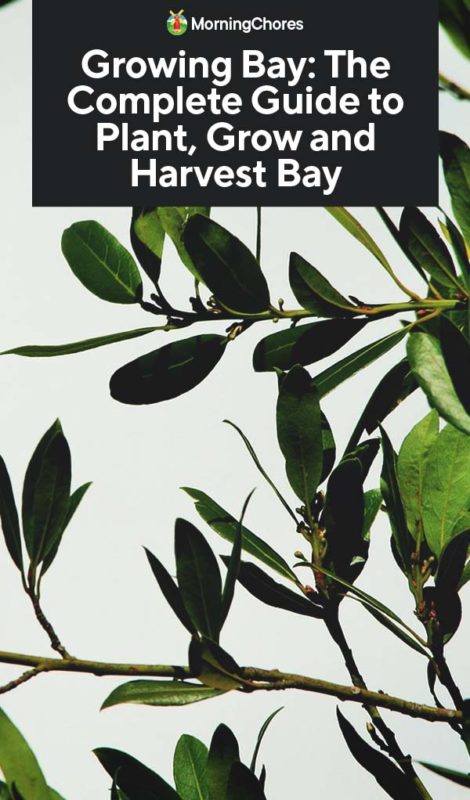
Bay Varieties
There are multiple different kinds of bay laurel plants and other plants that aren’t in the bay laurel family but have similar growth requirements and appearances.
Bay Laurel
Mediterranean bay, sweet bay or bay laurel (Laurus noblilis), is the herb you usually use to scent and flavor stews and other culinary delights. It’s also the one ancient Romans used to make ‘laurels,’ the leafy crown designed to symbolize victory.
- Laurus nobilis ‘Angustifolia’ – This variety has leaves that are more narrow than the common type, which makes it even better as an ornamental addition to the garden. It can grow in shade but will have a denser growth habit in sun.
- Laurus nobilis ‘Aureus’ – This type has dark green leaves that start out as lime green when young.
- Laurus nobilis ‘Saratoga’ – This pretty evergreen stays more compact than other types, and it’s essentially maintenance free. It has a showy flower display in the spring.
Indian Bay
Also called Indian cassia or Malabar leaf (Cinnamomum tamala), this herb tastes a bit like cinnamon and cloves. The leaves make a good garnish and are invaluable in Indian cuisine. Don’t confuse this one with bay laurel, they don’t taste the same.
Mexican Bay Leaf
Native to Mexico, Mexican bay leaf (Litsea glaucescens) is becoming quite rare because it has been over-harvested. If you decide to grow it, the leaves can be used in place of bay laurel, and they’re rich in essential oils.
Mexican bay leaf gets 15-20 feet tall and the leaves have a blue-green tint on the underside. It has small white-green flowers and can handle some frost.
California Bay
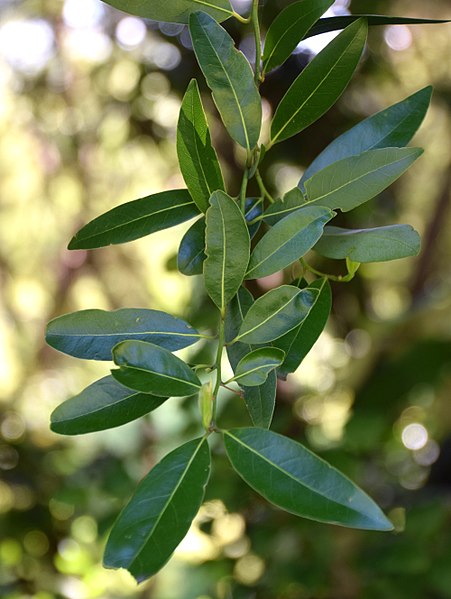
California bay (Umbellularis
Note
There are several other bay plants, but they are not of the same genus as L.
How To Grow Bay
Zones
Bay grows in zones 8-10 as a perennial. It’s possible to grow bay outside of these areas, but you’ll need to move it under cover when it gets cold. Luckily, bay grows well in containers.
In zones 8-10, consider planting as you would a tree. I have a lovely specimen in my orchard and it gets bigger every time I look at it.
Sun and Soil Requirements
Bay isn’t fussy about soil pH. Anything between 4.5-8.3 will do. In fact, bay can handle most soil conditions, but the one thing it can’t stand is wet soil. Like most Mediterranean plants, it prefers well-draining earth.
Bay grows in full sun, but it appreciates a little mid-afternoon shade if you live in a hot climate.
When To Plant Bay
Plant outside when the temperature is warm, and the tree will get 8 hours of sun a day. Wait until a few weeks after the threat of frost has passed.
Seed or Cuttings?
It’s possible to succeed at growing bay from seed, but I wouldn’t advise it. Bay plants are notorious for long germination of up to six months. By the time they germinate, the seed often rots. You are much better off buying a plant or growing from a cutting.
Container Growing
Bay grow well in pots, and you can prune them to a nice shape in whatever size you require. You can also move the plant around when the weather gets cold.
Spacing
Be aware, bay laurel is technically a tree and can grow to 23 feet or more. You can control the size by pruning, and if you are growing them for the leaves, put plants 5-6 feet apart and prune aggressively.
Caring for Bay
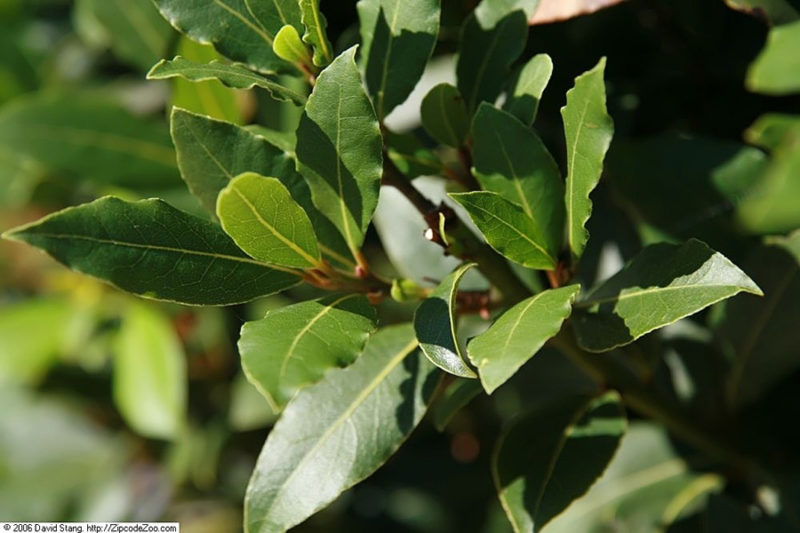
Treat as any other tree and feed well in the first month or so, and then in line with the feeding of your other trees. Use a general fertilizer and water in well.
For potted bays, fertilize with a one made specifically for plants in containers. Many general fertilizers that are suitable for the garden are not suitable for pots. Look for a sustained release fertilizer.
Watering
If your bay is planted in the ground, use peat moss as a mulch and water well, especially in the dry months. The tree will grow a deep root system like all trees and will need regular watering during dry periods. Bay can handle some drought, but don’t overwater.
If you have bay in pots, water more regularly.
Pruning
I let my bay laurel grow naturally, but I have it in an orchard with plenty of space. Bay are tolerant of hard pruning so you can trim it to the shape you want. If you’re growing bay in pots, prune to a nice compact shape to keep them from outgrowing their container.
Common Problems and Solutions for Growing Bay
Bay is hardy, but there are a few things that can affect your plant. Not many bugs eat bay leaves because of their intense foliar oil. Most pests on a bay are the boring or sap-sucking type, which attack the stems and woody parts of the plant. There are also some issues that may arise with the roots of the plant.
Aphids
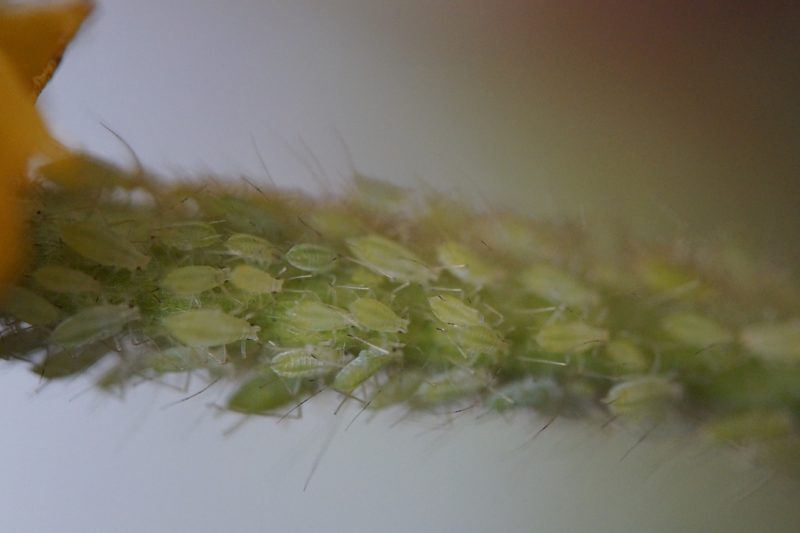
These little critters seem to attack every living plant and bay is no exception. They can be a number of different colors but are soft-bodied, and they suck the sap of the plant. If the numbers get too high, the plant loses vigor. Use neem oil to eradicate.
Psyllids
These are sap-sucking insects too. Often you won’t see the bug itself, you’ll see the exoskeleton it leaves behind. Or, you will see the result of the honeydew it secrets as this may lead to sooty mold. This mold coats the leaves and can prevent the plant from utilizing sunlight. Neem oil is a safe treatment for psyllids.
Scale
I have had scale on my bay trees and successfully got rid of them. They look like a scab on the plant. They are also sucking insects, but feed on both leaves and woody parts. The tree will weaken and slow down any growth. The leaves turn yellow and die. Use neem oil to get rid of scale.
Companion Plants for Bay
The following are the best companions for growing bay:
- Beans
- Rosemary
- Lavender
- Oregano
- Olive
- Citrus
- omegranate
Don’t plant bay next to potato or white pine.
How to Harvest and Use Bay
Dry the Leaves
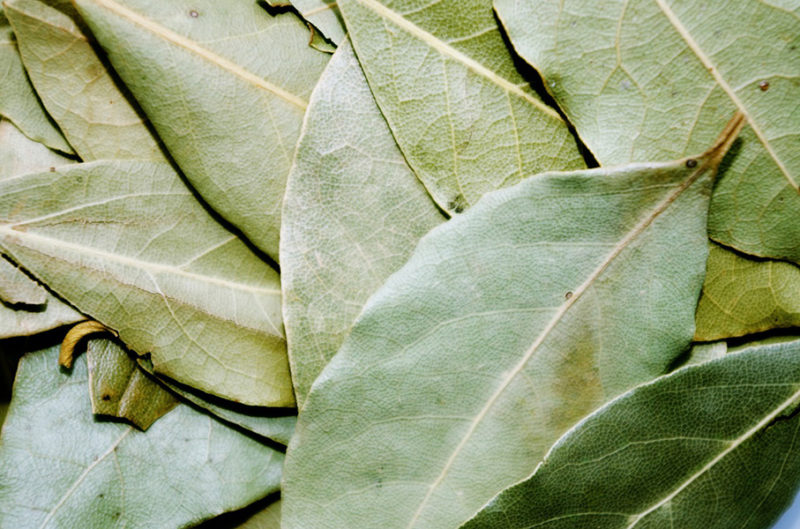
Pick the individual leaves and leave in a warm, dry place. After a few days, they will dry, and you can use them. Store leaves in a glass jar with a sealed lid in your pantry or cupboard. Make sure they are completely dry before putting them in the jar.
You can also cut a small branch with multiple leaves on it and hang it upside down in the kitchen or warm, dry room. Dry as above and use in cooking.
Add to Slow Cooked Meals
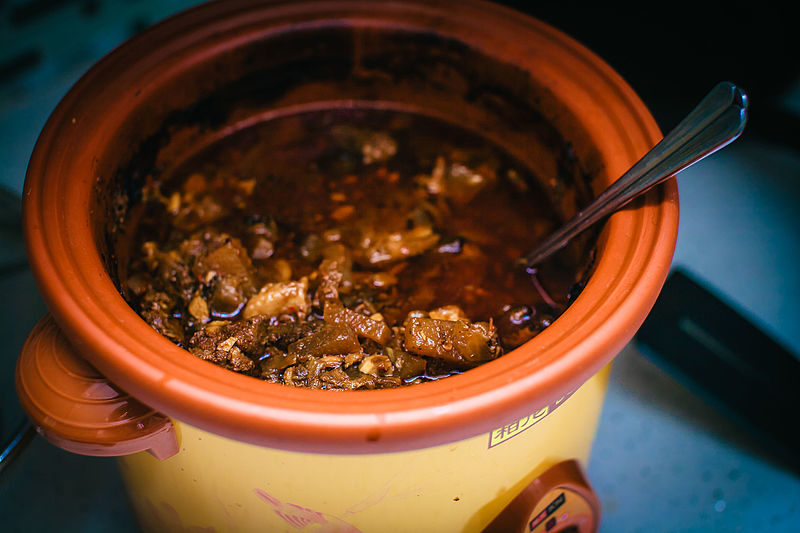
Bay leaves are ideal in slow cooked meals because the leaves release more of their lovely aroma the longer they cook. Bay is often used in stronger meat dishes like beef and lamb, but let’s be real, bay is wonderful in vegetarian dishes as well.
You can use the leaves fresh off the tree, but the flavor and aroma are much subtler than in the dried leaves. Add more leaves if using them fresh.
Add to Herbal Teas
I make fresh tea with sage and honey, and add a dried bay leaf to the pot. The leaves are high in antiseptic, antioxidant, and digestive qualities. The leaves also contain copper, potassium, calcium, manganese, iron, selenium, zinc and magnesium.
The great thing about bay is that when you have a decent sized tree it will keep you and most cooks you know supplied with leaves for a lifetime. It will probably outlast you and feed the next generation as well.
Growing bay is so rewarding and relatively pest and disease fre. Plant one shrub and it will keep on going. Do you have any tips and tricks for those that are new to growing bay? Do you have any great recipes to share with us on how to use your bay leaves?

